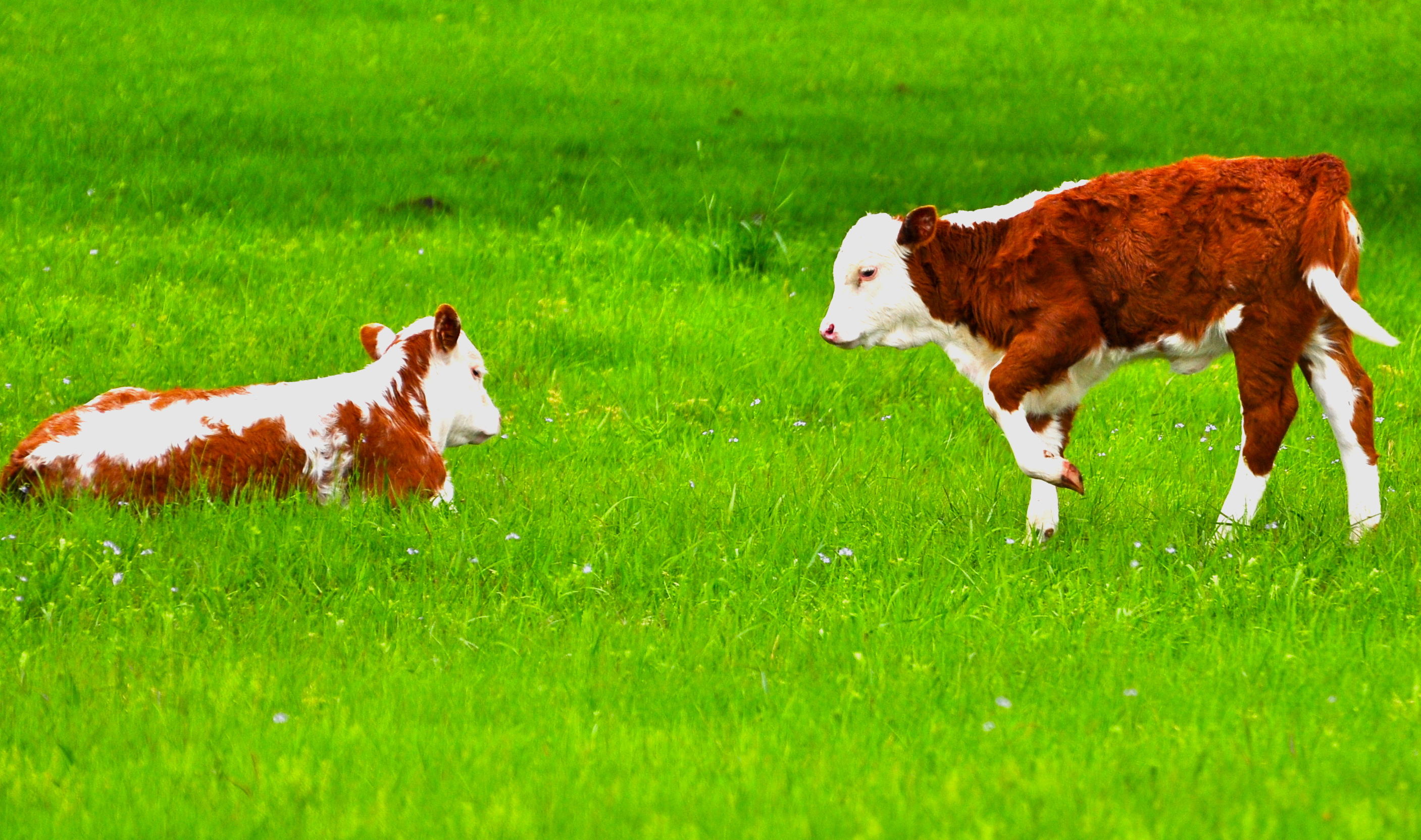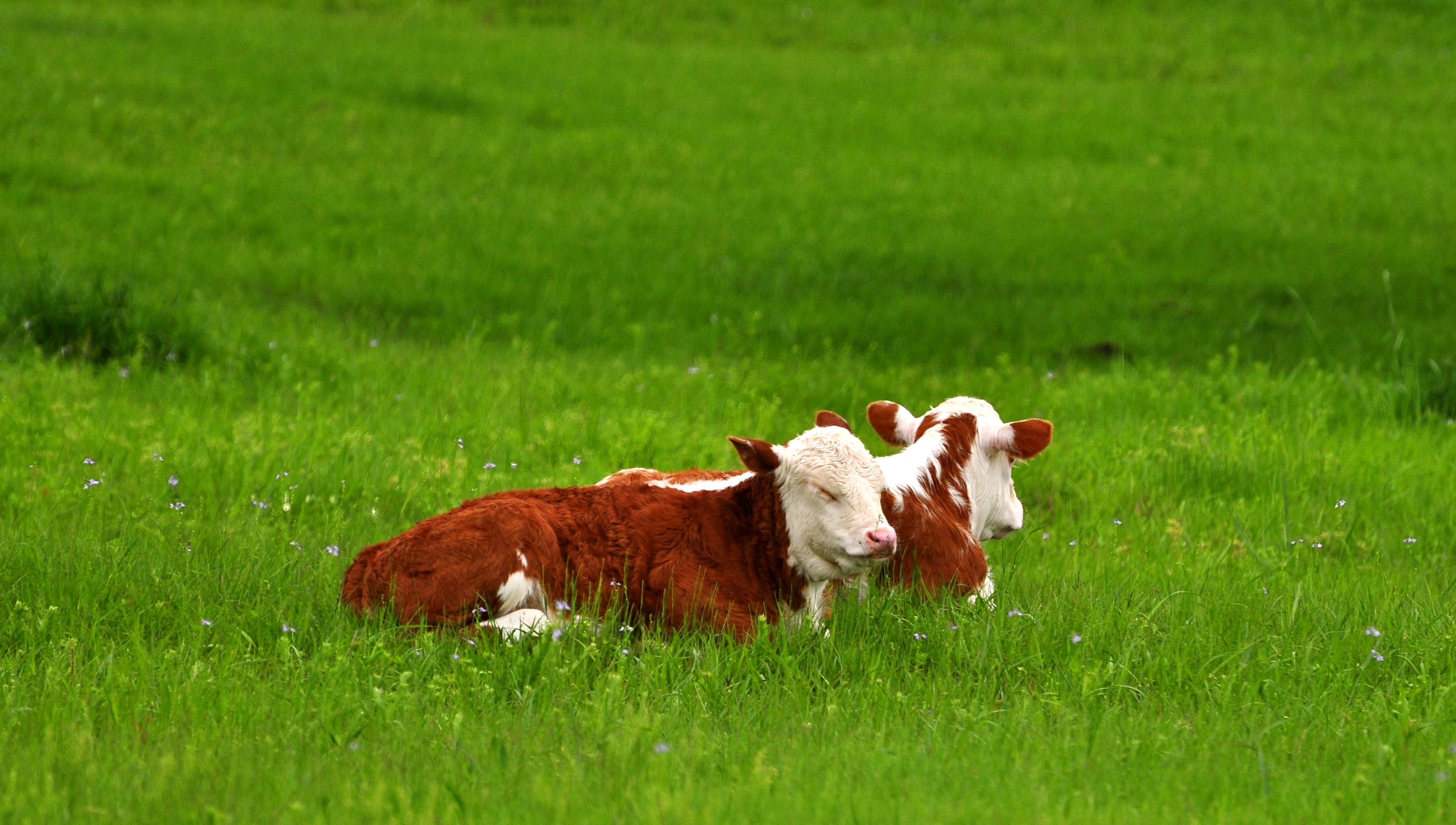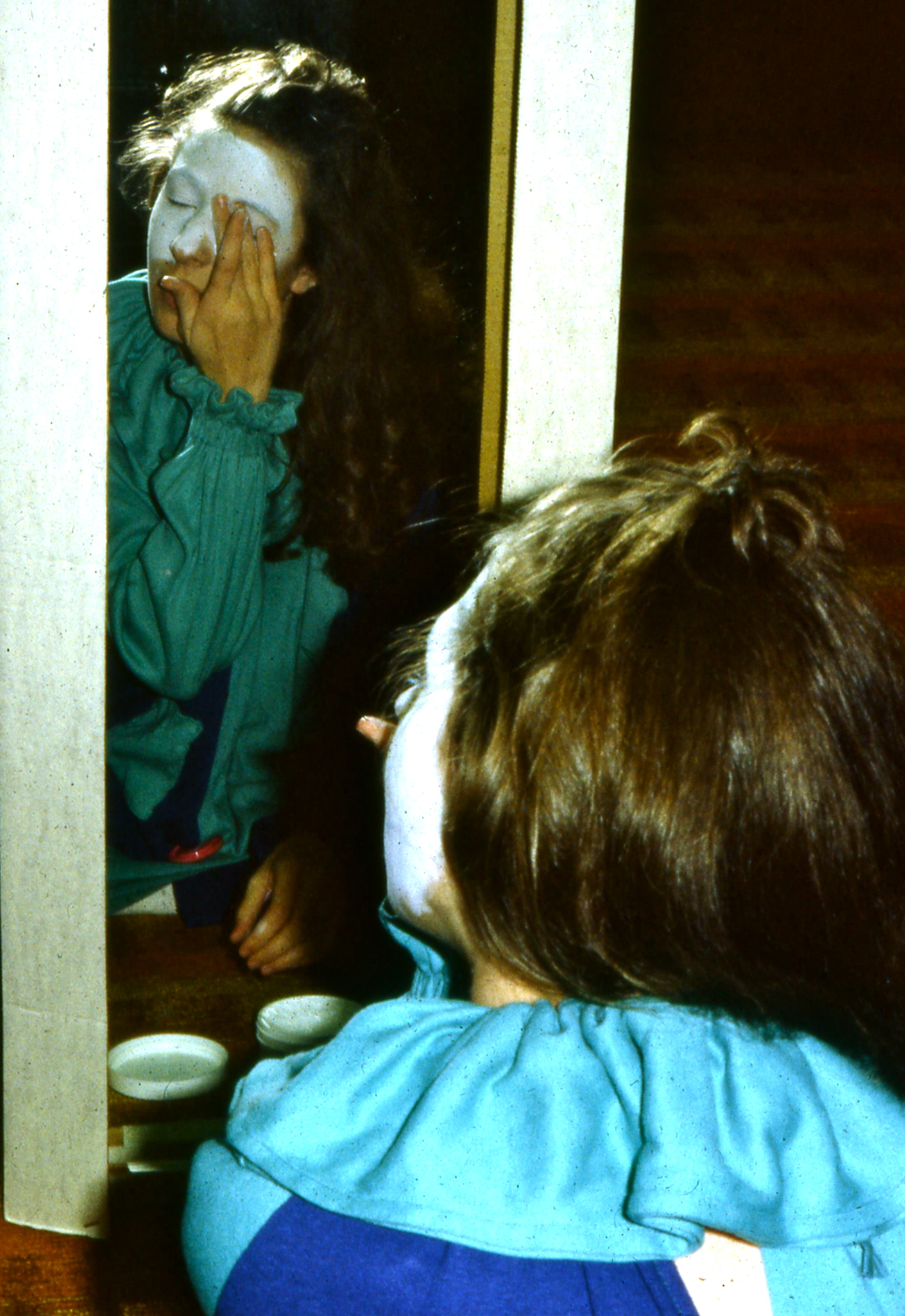
I grew up in a moderately large city. I learned to allow for travel time when going from one side of the city to the other. I have now lived nearly half my life in a small town. All these years of small town life and I’m still tripping over the false belief that you can get from any point to another in a matter of minutes. This misconception means I sometimes feel a “beat the clock” anxiety in the car on the way to my destination.
On this particular morning I left my house, driving purposefully, hoping to arrive on time. I entered the school zone, slowing to 25 mph. I proceeded slowly, up the hill, toward the school crossing. I hoped to escape the zone with no unnecessary delays and continue on my way. I saw the crossing guard boldly step into the street. Taking ownership with her red octagon held high, she stopped us in our tracks. It took a second to see the two small children approaching the crossing. Maybe second and third grade. A girl and a boy, perhaps big sister, little brother.
The crossing guard smiled as the girl dutifully, and quickly, crossed the street. “Good job!”, I thought as we waited for the little boy to complete the crossing task. The little boy was taking his own sweet time. My frustration rose. Then my best self started the conversation. “Of course you wouldn’t want to wait for a child.” “Children are to be dismissed, rushed past, redirected.” They run when we try to hold them back. Embarrass us with their over the top exuberance. They lollygag when time is of the essence. What are we to do? Maybe follow their lead.

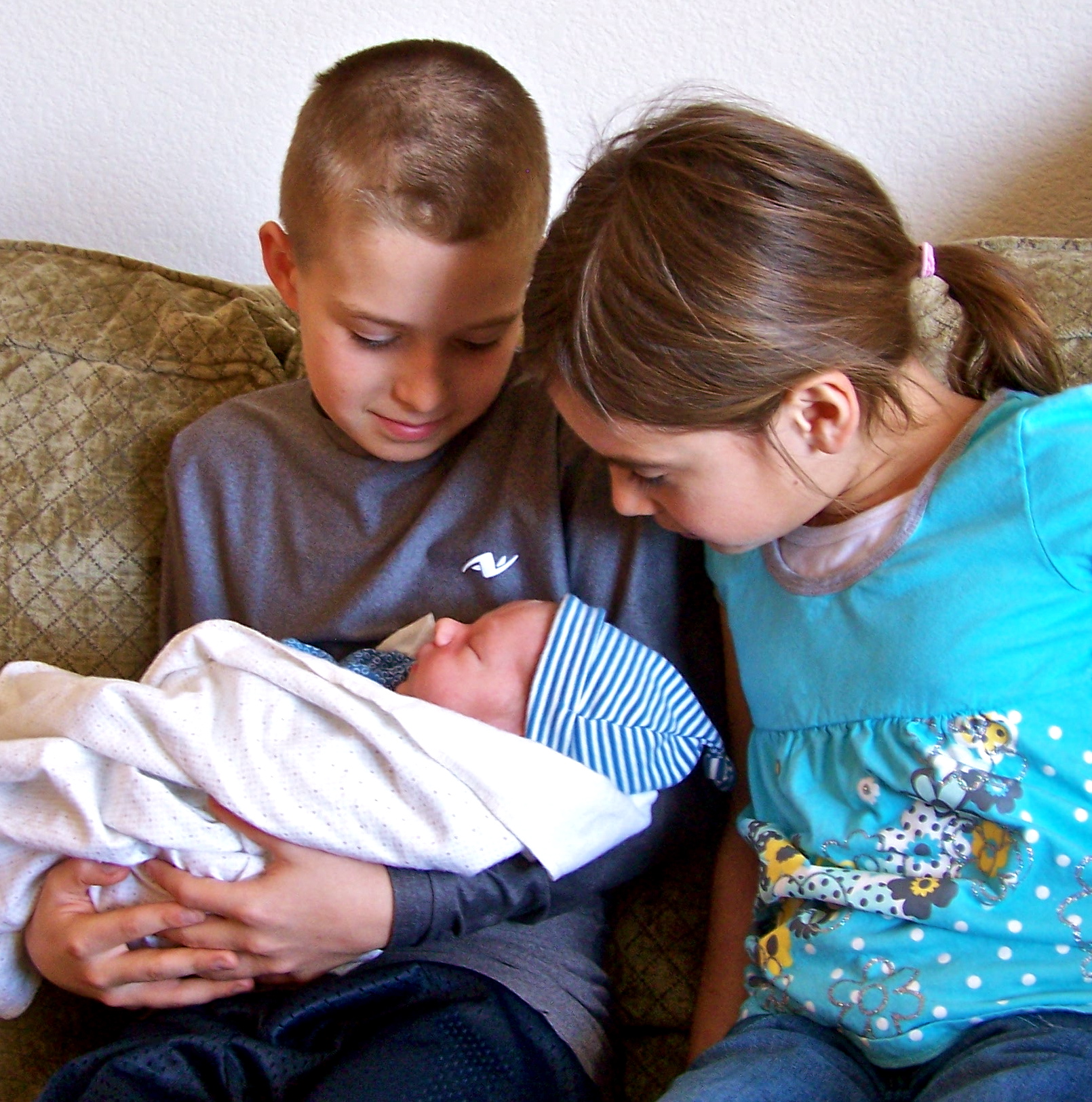

~~~~~~~~~~~
On Friday morning, January 12, 2007, Joshua Bell took his violin in hand. Leaning against the wall, near a trash can, he played six of the most exquisite classical musical compositions. His violin case lay open at his feet for any charitable gift from a willing listener. Mr. Bell was playing where many other street musicians had played. He was at the L’Enfant Station Plaza of the Washington, D.C. Metro subway.
Something distinguished Joshua bell from other street musicians. Mr. Bell was a world renowned violinist, playing on his rare Stradivarius, as part of an experiment suggested by the Washington Post. The question? “What would happen if one of the world’s great violinists had performed incognito before a traveling rush-hour audience of 1,000-odd people?”
For nearly 45 minutes, Mr. Bell played, and a video camera recorded the event. This musical prodigy played, largely ignored, as 1097 people walked by on their way to somewhere else. The Washington Post writer summed up the “audience” with these words.
“There was no ethnic or demographic pattern to distinguish the people who stayed to watch Bell, or the ones who gave money, from that vast majority who hurried on past, unheeding. Whites, blacks and Asians, young and old, men and women, were represented in all three groups. But the behavior of one demographic remained absolutely consistent. Every single time a child walked past, he or she tried to stop and watch. And every single time, a parent scooted the kid away.” (Pearls Before Breakfast, Gene Weingarten, Washington Post Staff Writer)
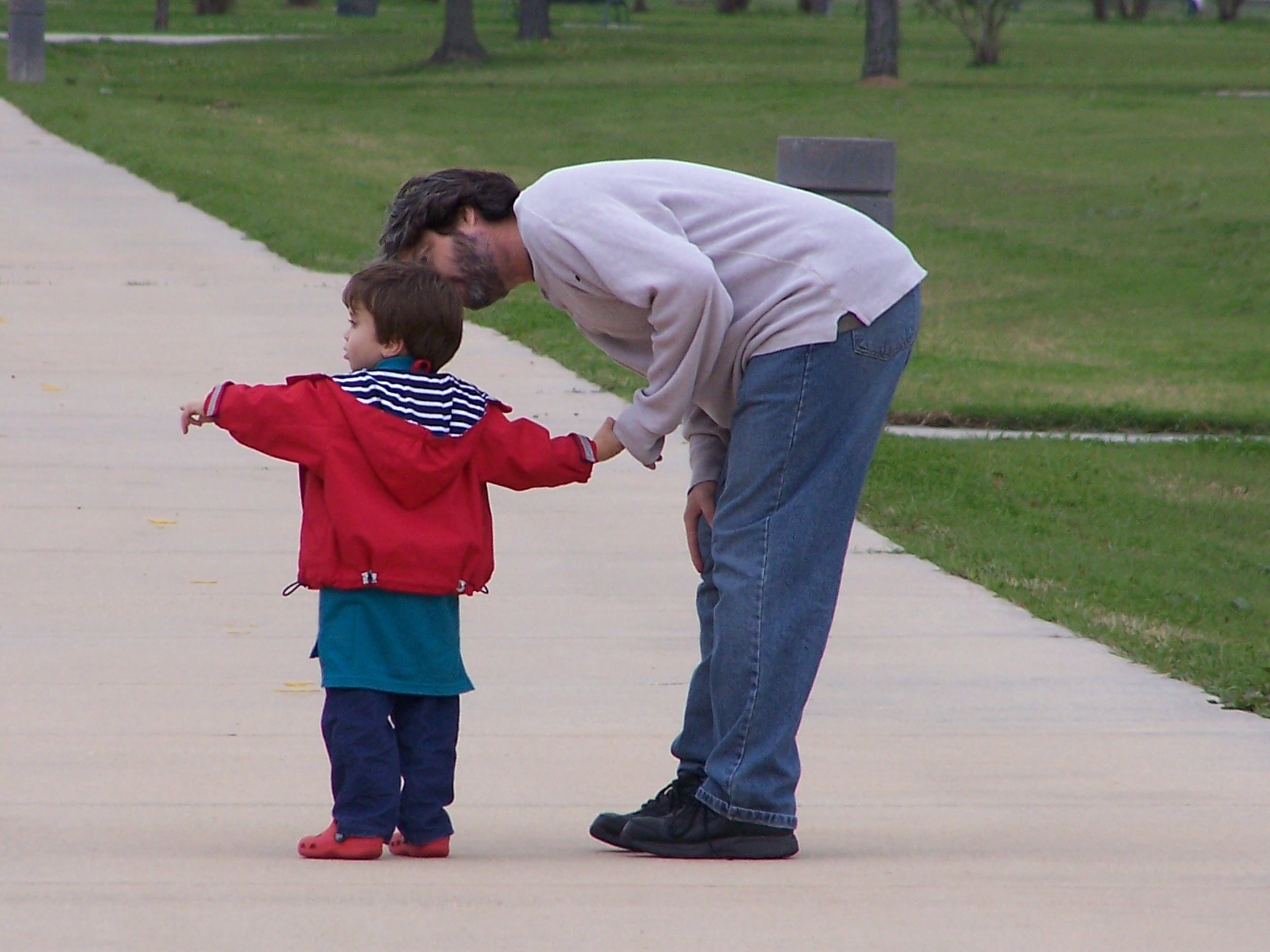
The first child that was drawn to the sound of Joseph Bell’s violin was a three year old named Evan. When his mother found out what she had pulled him away from, she laughed and said “Evan is very smart.” Little wonder that the outcome of the test led the writer to note,
“The poet Billy Collins once laughingly observed that all babies are born with a knowledge of poetry, because the lub-dub of the mother’s heart is in iambic meter. Then, Collins said, life slowly starts to choke the poetry out of us. It may be true with music, too.”
I dare you to let a little child lead you back to life.
Consider adding these childlike moments to your day.

Run for no good reason.
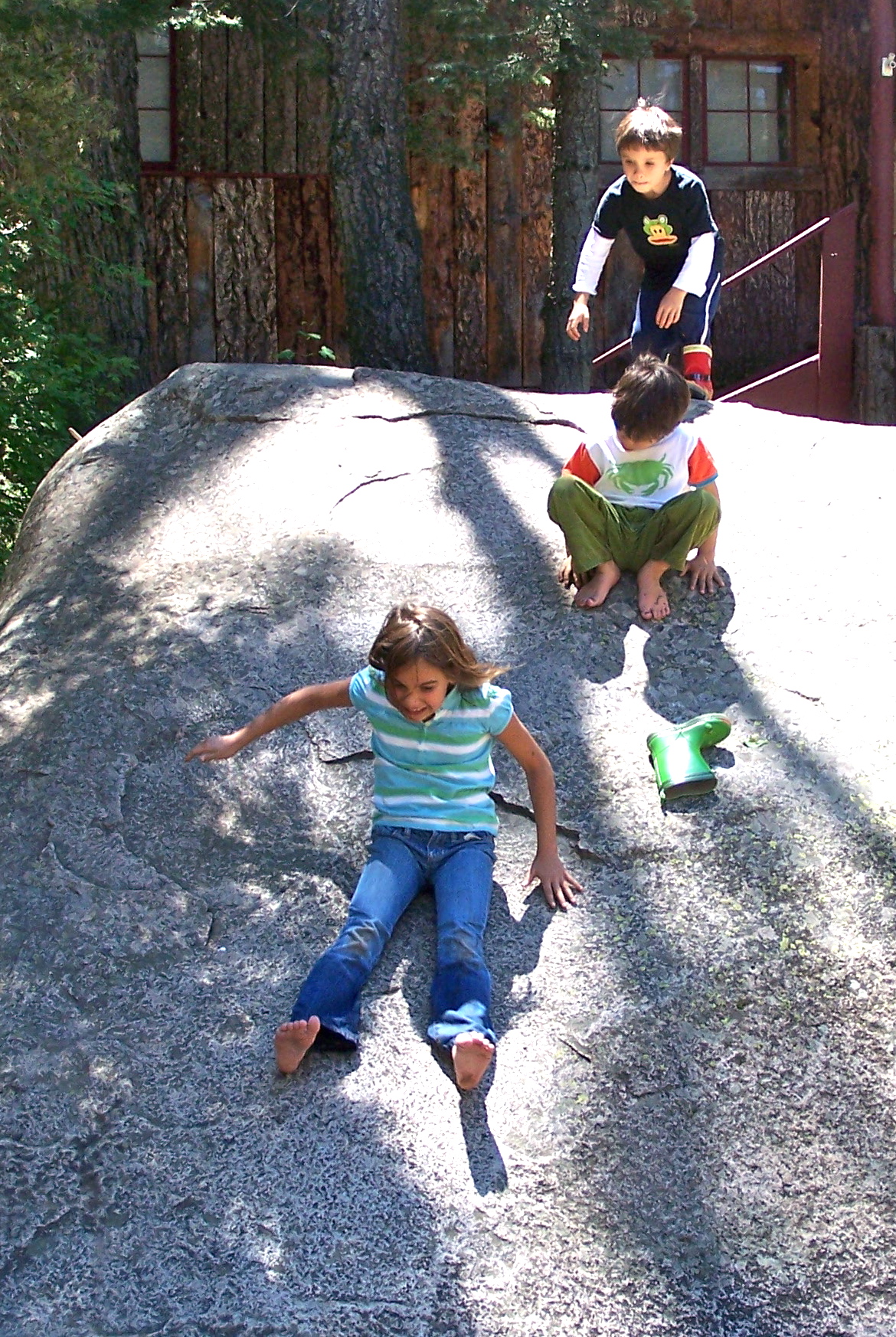
Embrace over-the-top exuberance.

Lollygag when you feel the
stress of your day mounting.
Then, find a child and say,
“Thank you!“

Read Gene Weingarten’s entire Washington Post article, Pearls Before Breakfast. It’s a beautifully written, insightful commentary. The video of Joshua Bell’s performance is embedded in the article.




